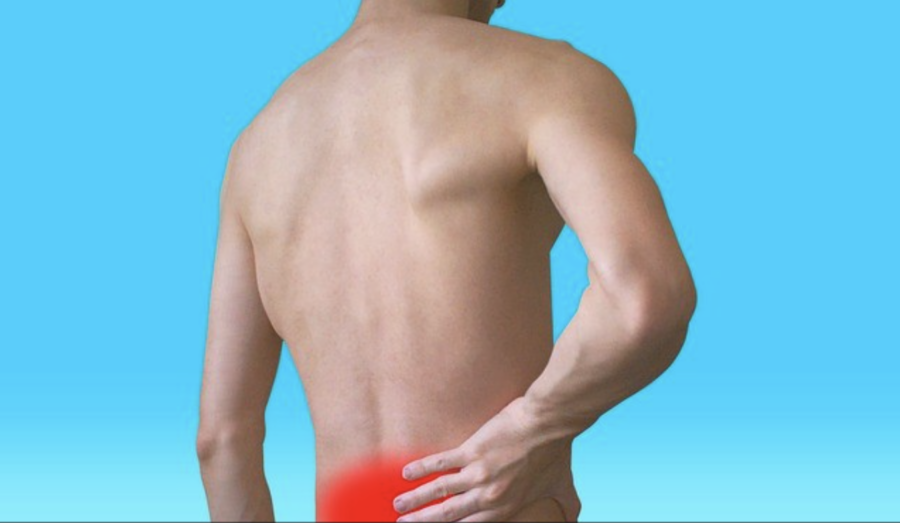What it is and how to relieve sciatic nerve pain

The sciatic nerve originates in the lumbar area, the lower back, and continues through the buttock to the back of the knee, and continues until it reaches the foot. It is one of the longest in the body, and the culprit for one of the most common pains commonly known as sciatica.
Due to its long course, when this nerve is affected, it can cause discomfort that spreads through a large part of our body, affecting our mobility and causing considerable pain, numbness, weakness, or an annoying tingling in the areas where this nerve passes.
It is important to note that sciatica is not a specific pathology, but refers to the symptoms caused by damage to this nerve, which we will explain below.
What causes sciatica?
Sciatica occurs when the sciatic nerve is pinched. This may be due to several reasons:
- Herniated disc in the spine.
- Bone spur, an overgrowth of bone caused by joint damage or some type of arthritis.
- Narrowing of the vertebral canal (or canal stenosis). A deformity of the bone that compresses the nerve structures that pass through it.
- To a lesser extent, by the appearance of a tumor that pinches or presses on the nerve.
- And also to a lesser extent due to previous pathologies such as diabetes, which can cause diabetic neuropathy.
There are some risk factors that may favor the onset of sciatica, such as the following:
- Age-related changes in the spine (such as bone spurs or herniated discs as mentioned above).
- Overweight and obesity, which increase the load on the spine and can cause changes in the spine.
- Diabetes, especially if poorly controlled, because it can cause nerve damage.
- It is believed that there are also work-related factors, especially those that force us to spend too much time sitting, or performing movements that involve twisting the back or moving heavy loads.
Symptoms of sciatica
As we said, the symptoms of sciatica are caused by the pinching of the sciatic nerve. The most common symptoms are:
- The most characteristic symptom of sciatica is a pain that starts in the lower back and runs mainly down the back of the leg. This pain can vary in intensity and frequency, and can be a constant or intermittent discomfort.
- Numbness of the leg.
- Weakness in the leg.
- Tingling in the leg.
If we suspect that we may have an injury to the sciatic nerve, or if we have suffered a strong blow causing these discomforts, it is important to consult a doctor to evaluate the situation.
How to prevent and relieve sciatica?
We have seen some risk factors that can cause sciatic nerve injuries, but some of them are factors that we cannot control, such as deterioration of the spine due to age, or some previous condition.
Be careful when performing certain activities that place a load on the lumbosacral area (either at work or at the gym, for example), avoid gaining weight so as not to overload our back, stay active and avoid sedentary lifestyles…. These are general recommendations, but they can help us prevent the onset of sciatica.
If we already have pain caused by sciatica, it will first be a medical professional who will have to assess the situation and the possible causes. The important thing, once we have reached this point, is to try to minimize the impact of the injury until it disappears or, at least, we do not aggravate it further. Treatments can range from non-surgical treatments for milder cases, in which we find pharmacological or physiotherapeutic treatments, to surgical treatments for chronic or severe cases.
The pain caused by sciatica is quite disabling the first few days after the injury, hence the need to be careful and rest to prevent it from getting worse.
It is good to start recovering mobility little by little, without making great efforts; and if possible, start our physical activity gradually to alleviate the pain.
If you have to take any medication to reduce pain, such as anti-inflammatory drugs or muscle relaxants, do not do it on your own. A medical professional should prescribe the most appropriate for your situation. What you can do is apply heat and cold to the affected area.